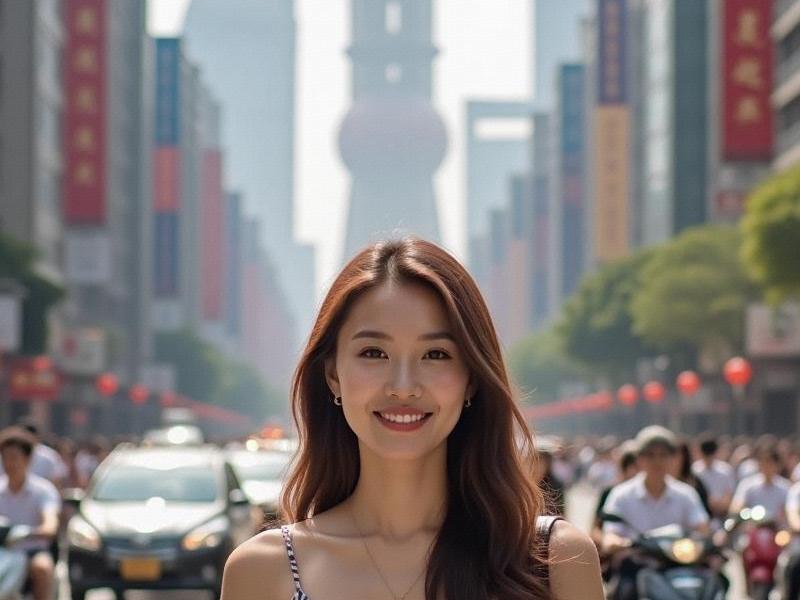
Historical Foundations
1. Treaty Port Era (1840s-1940s)
- Western influences meet Chinese aesthetics
- The qipao revolution and body liberation
- First generation of educated career women
2. Socialist Period (1950s-1970s)
- Gender equality in the workforce
- Functional beauty standards
- "Iron Girl" archetype emergence
3. Reform Era (1980s-present)
- Luxury market pioneers
- Selective Western influence adoption
- Professional woman ideal formation
阿拉爱上海 Contemporary Expressions
1. The Shanghai Look Deciphered
- 2024 beauty survey results
- Signature style elements (subtle makeup, tailored silhouettes)
- Cosmetic procedure trends (35% growth since 2020)
2. Economic Power Dynamics
- 61% of mid-to-senior management positions
- Female entrepreneurship surge
- Luxury consumption patterns (72% female-driven)
3. Cultural Representation
- Film/TV character analysis
- Literature and arts influence
- Digital creator economy participation
上海夜网论坛 Neighborhood Profiles
1. French Concession Sophisticates
- Multi-generational style dynasties
- Art collector circles
- Bilingual education advantages
2. Lujiazui's Corporate Leaders
- Financial district power dressing
- Work-life integration innovations
- Networking culture observations
3. Xintiandi's Fashion Vanguards
- Youth street style movements
- Cafe culture revival
上海贵族宝贝sh1314 - Sustainable fashion adoption
Industry Impact
- Beauty market valuation (¥110 billion)
- Wedding industry transformations
- Local designer interviews
- Cosmetic technology advancements
Future Projections
- AI beauty applications
- Aging redefinition movements
- Global cultural influence expansion
- Post-materialist beauty values
Shanghai women continue to negotiate a unique path between tradition and modernity, offering an alternative to both Western feminism and traditional Asian gender norms through what sociologists term "the Shanghai Compromise" - a distinctly local yet globally-aware feminine ideal.
